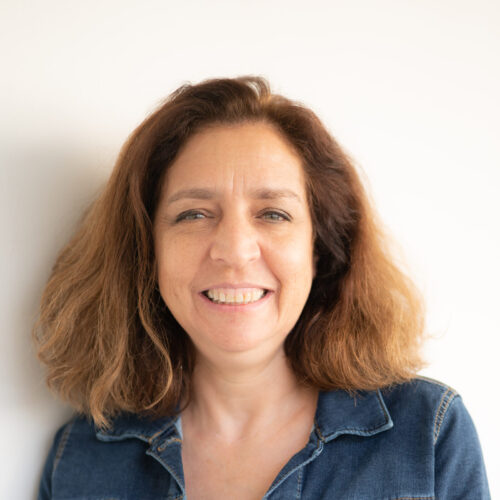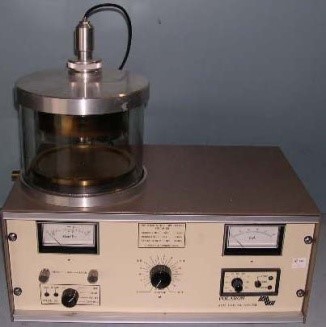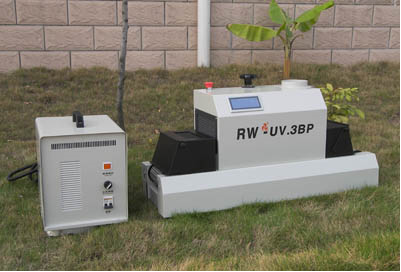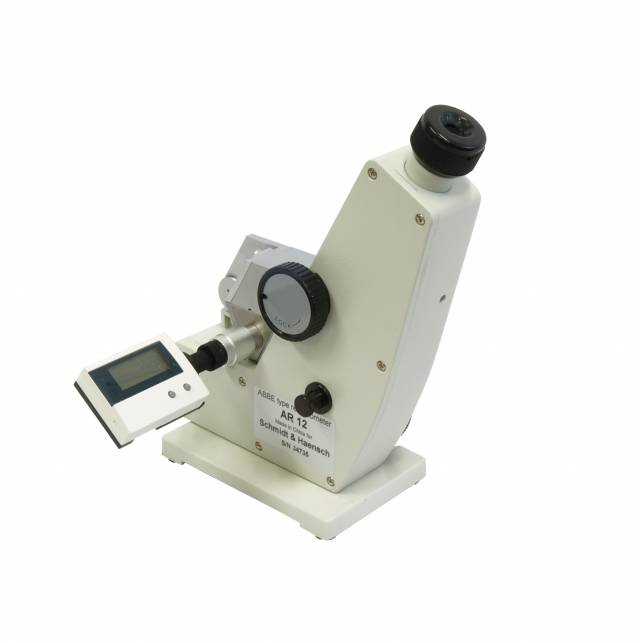Dr. Rachel Edrei
The chemical and surface analysis lab offers a wide range of characterization techniques together with highly skilled expert personnel. The key feature of the lab is the availability of skilled, devoted and highly motivated technical staff members who keep the instruments well-maintained and assist students and researchers with training, sample preparation and data interpretation. Our facility services all Technion researchers, other research institutes (universities and colleges) as well as the industry.















